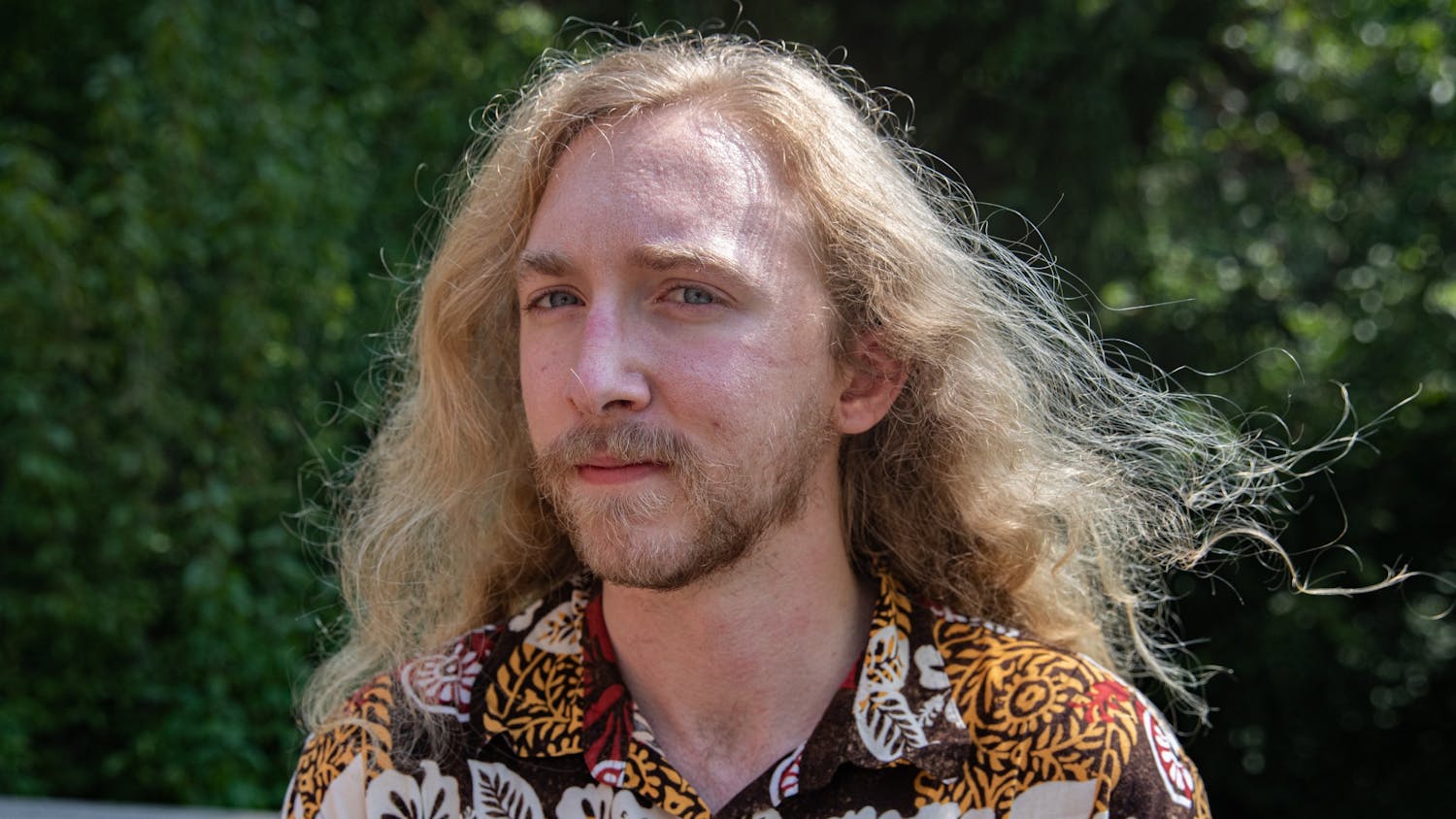Animation has been a part of cinema since the advent of film. Some of the earliest works include stop motion insects and hand-drawn works like "Steamboat Willie." Animation has become a part of our visual language, which makes the recent treatment of artists more disheartening.
Recently, Warner Bros has canceled and removed several original animated programs from its service, HBO Max. The general reshuffle has left several original programs in the ether, without any way to stream them legally.
In a similar move, Netflix cut back on animation after a dip in subscribers, while Disney chose to release four of the past five Pixar films straight to Disney+ to build a subscriber base. Animation persists as an art form and an academic program, so what defines animation?
Tony Zhou discussed the importance of animation in two separate essays, "Satoshi Kon - Editing Space & Time" and "Chuck Jones – Evolution of an Artist." For Zhou, animation and film are one in the same.
The role of animation is to pull from reality as much as break away from it. It is an art form that chooses to represent what is possible and subvert our own expectations. It's a way to deconstruct our feelings and ideas, to tell complex stories in simple ways.
One example of this is Steven Universe. Following a young boy with special powers, he works to fight foes and make friends. Steven Universe wears its inspirations on its sleeve, drawing from other shows like Sailor Moon and Dragon Ball to create something unique for U.S. audiences.
Blending elements of space opera, coming-of-age storytelling, and themes concerning identity, Steven Universe is an example of the breadth of modern animation. Its artistically unique to the medium and shows the scope of a creator's imagination.
Animation is more than "kids' content." It's a place to tell creative stories in creative ways with a traveling hand in I Lost My Body. It's a place to discuss difficult topics of adoption, like My Life As A Zucchini. It's a place to engage in visually striking imagery like Mad God.
Animation is often a place to discuss topics and adapt visuals incapable for film. This can be characters' experiences in warlike Hey Arnold! or the discussion of reincarnation in Adventure Time.
At its core, animation is a place to translate life, humor and themes into artwork; nowhere has this been more apparent than The Simpsons. At its peak, The Simpsons moved from emotional highs to lows with wit and timing; nowhere is this better than "Lisa's First Word."
It's possible to convey the quick humor and tender drama in film as it is a fine balance that eases too far to frenetic. Animation can suspend our disbelief. It asks us to remove logic and engage on an emotional level beyond actors and personalities.
Animation is more than a simple distraction, it's a widely accessible art form. From YouTube to Disney+ original animation, it is only limited by our imagination and our willingness to engage it.
Benjamin Ervin is a senior studying English literature and writing at Ohio University. Please note that the views and opinions of the columnists do not reflect those of The Post. Want to talk more about it? Let Benjamin know by emailing him be425014@ohio.edu.




